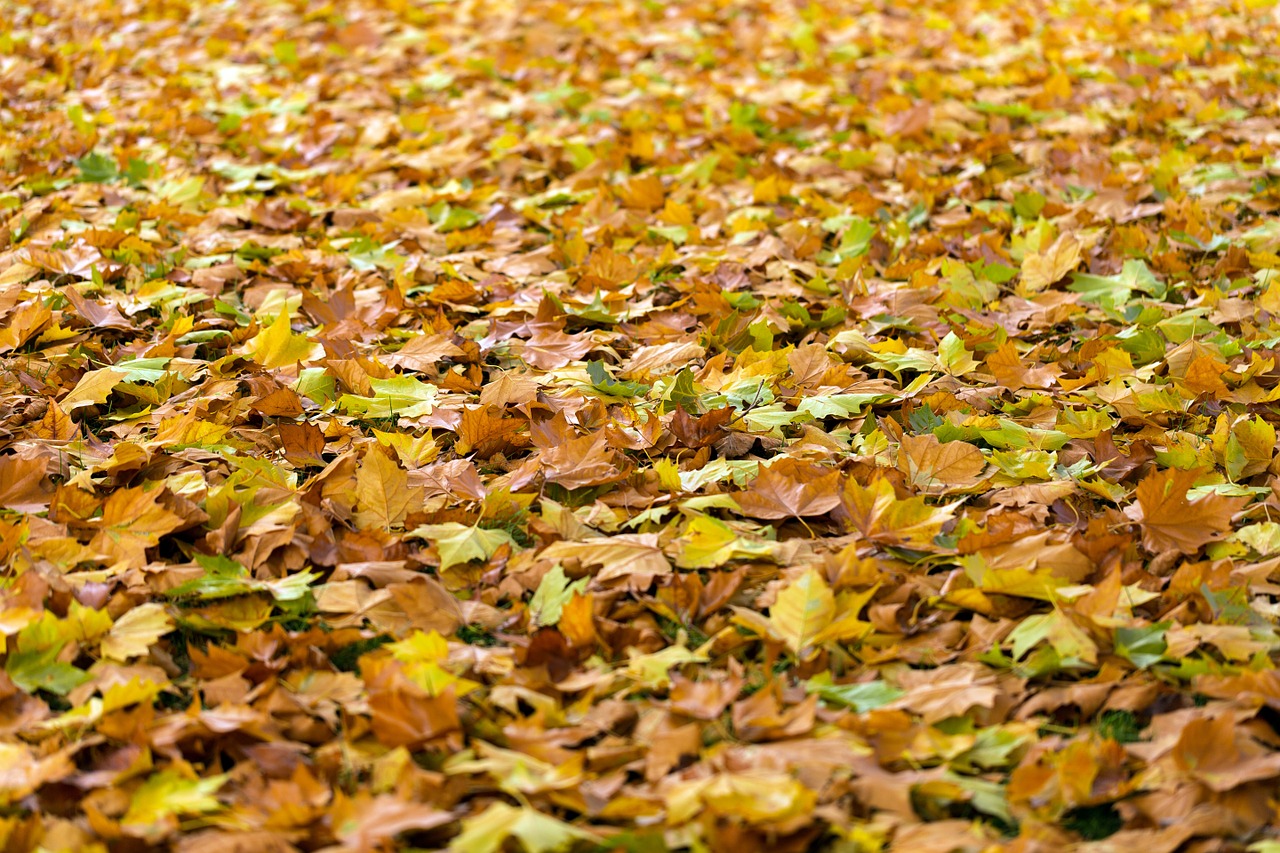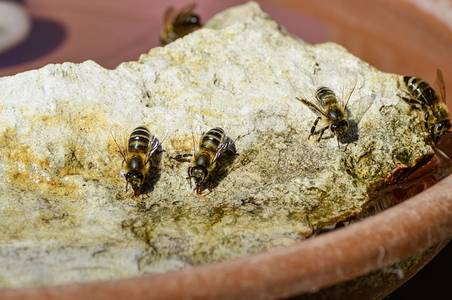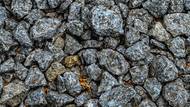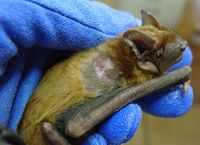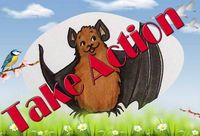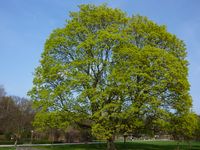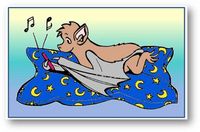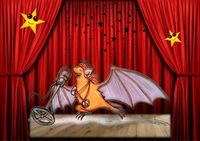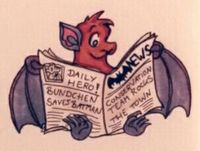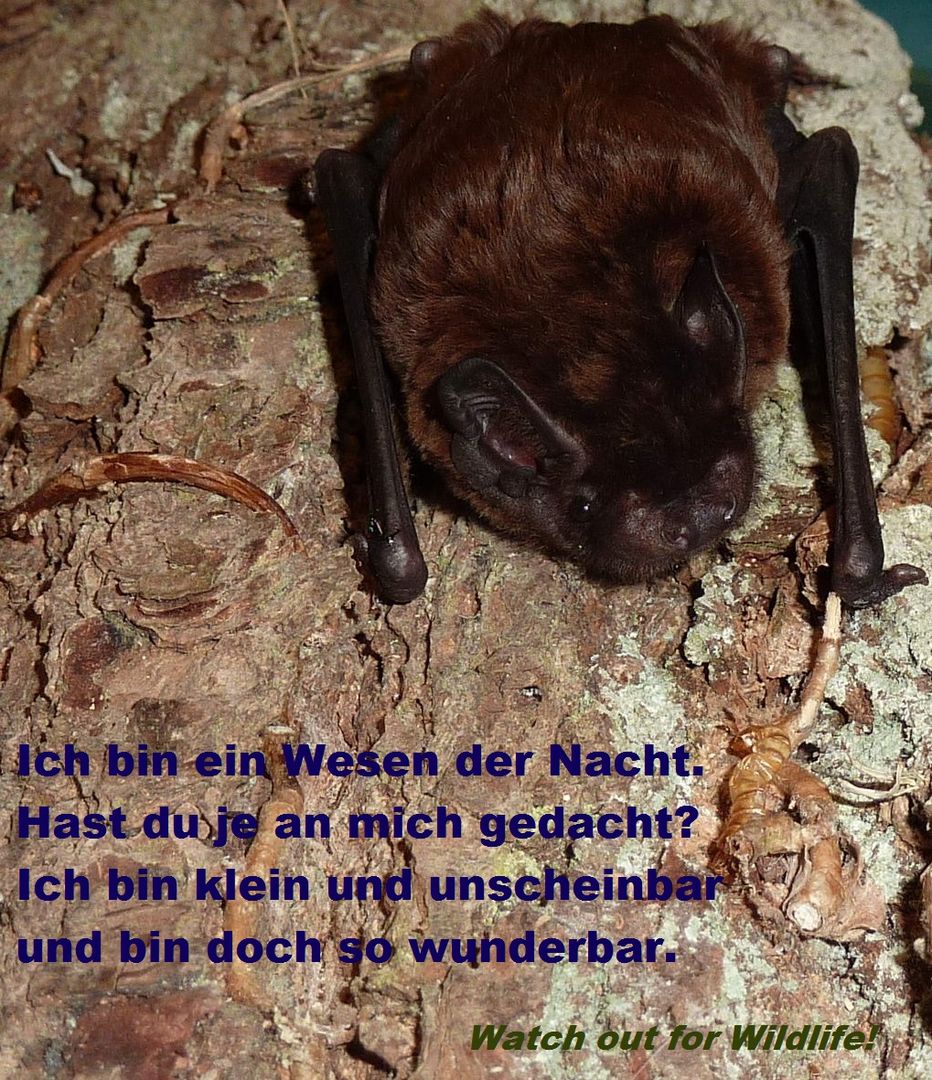
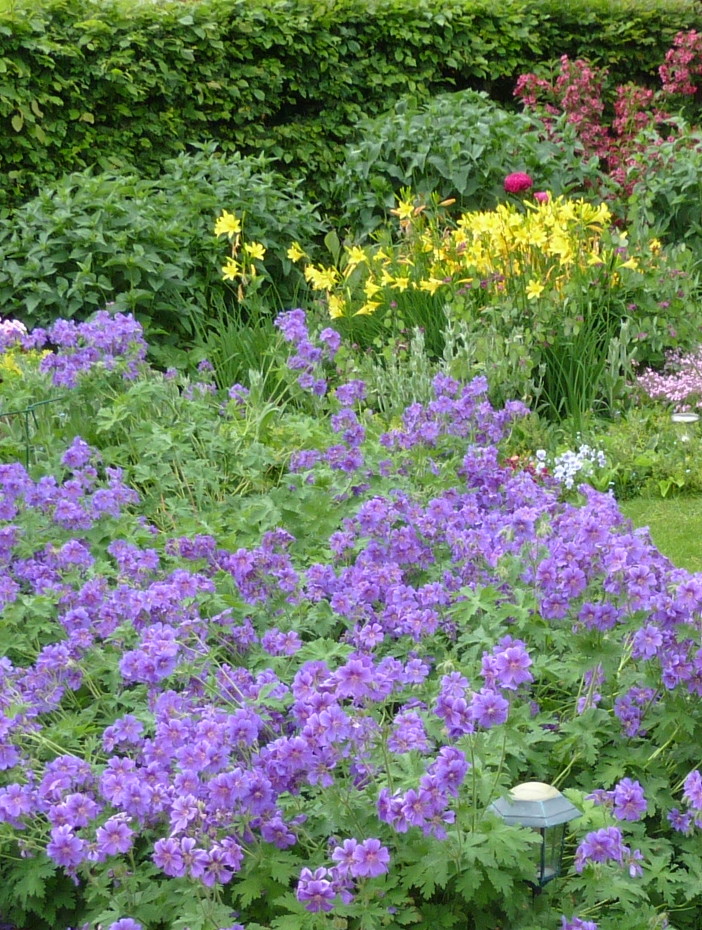 Naturgemäßer Garten // Natural garden
(Gudrun Becker
/
www.bund-fledermauszentrum-hannover.de)
Naturgemäßer Garten // Natural garden
(Gudrun Becker
/
www.bund-fledermauszentrum-hannover.de)
Your garden can be turned into a paradise for bats! Many flowers produce their flower fragrance only at night in its full glory and attract with their fragrance nocturnal insects. Bats locate and capture the insects. .
Please, no pesticides and no glue traps
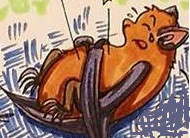 BUNDchen Fledermaus ist wegen der Pestizide krank // BUNDchen Fledermaus is ill due to pesticides
(Carina Bach
/
www.bund-fledermauszentrum-hannover.de)
BUNDchen Fledermaus ist wegen der Pestizide krank // BUNDchen Fledermaus is ill due to pesticides
(Carina Bach
/
www.bund-fledermauszentrum-hannover.de)
The use of pesticides, which poison the insects leads to the death of bats and birds that take the poison with their prey. Our advice: Buy if possible products with organic certification. Design your garden close to nature - birds and bats friendly!
A garden for the senses
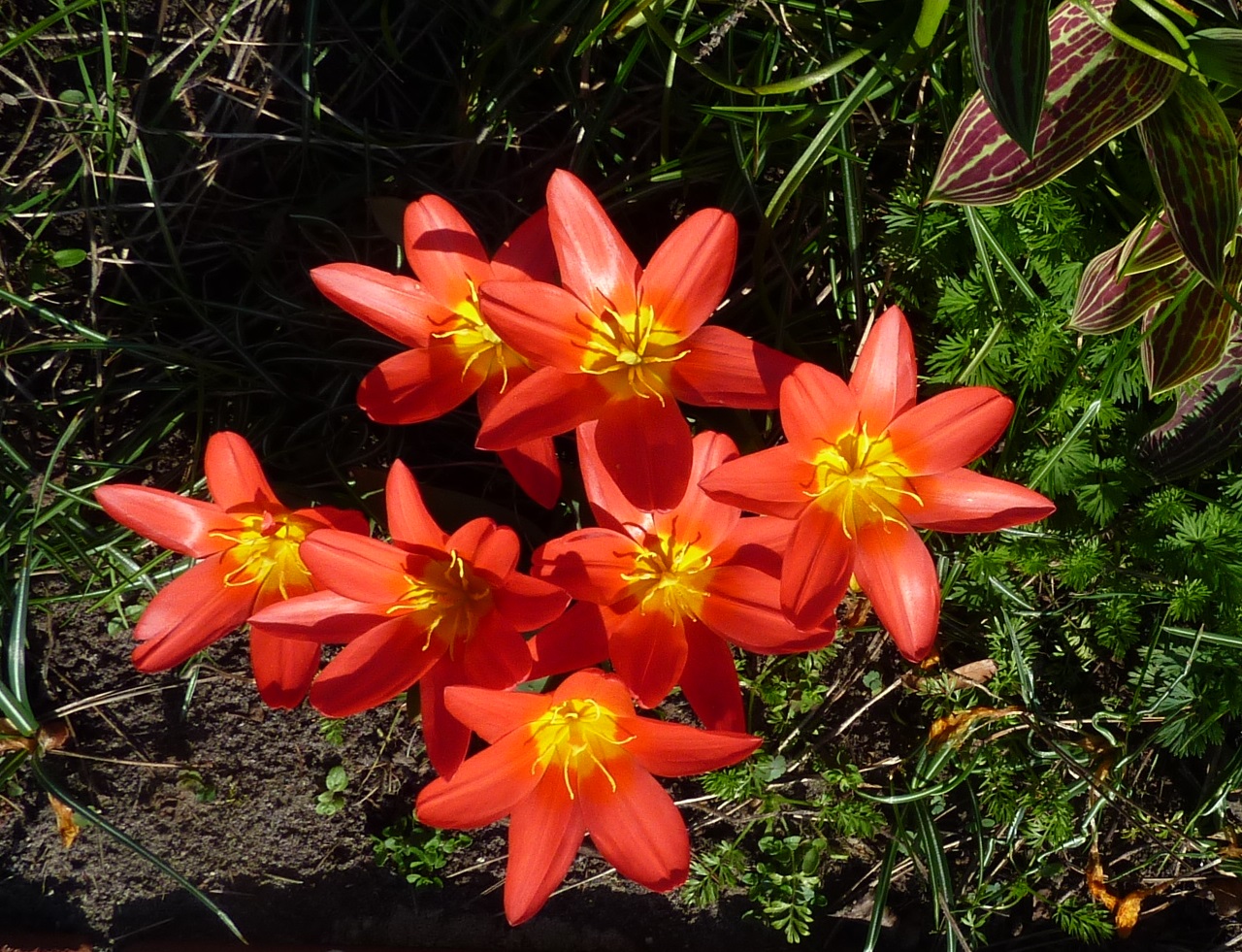 Naturgemäßer Garten // natural garden
Naturgemäßer Garten // natural garden
We humans are addressed pleasantly through fine fragrances and enjoy them during an evening walk through the garden. The flowers are usually light-toned, white or reddish to purple. They reflect invisible to us, but for insects visible by short-wave ultraviolet light. In the garden at night the night flowers get a mysterious luminosity (evening and night-scented flowers arable campion, Perennial honesty, Duftresede, yellow iris, Gemshorn, Judas-Silberling, Campion, wallflowers, (Virgin) -. Lilies, lily, moon winds, evening primrose, dame's violet, many species of carnations, end Nick Campion, phlox, snowdrops, soapwort, Star balm, daylily, willow herb, butterfly orchid, flowering tobacco.)
Bio Diversity in the garden
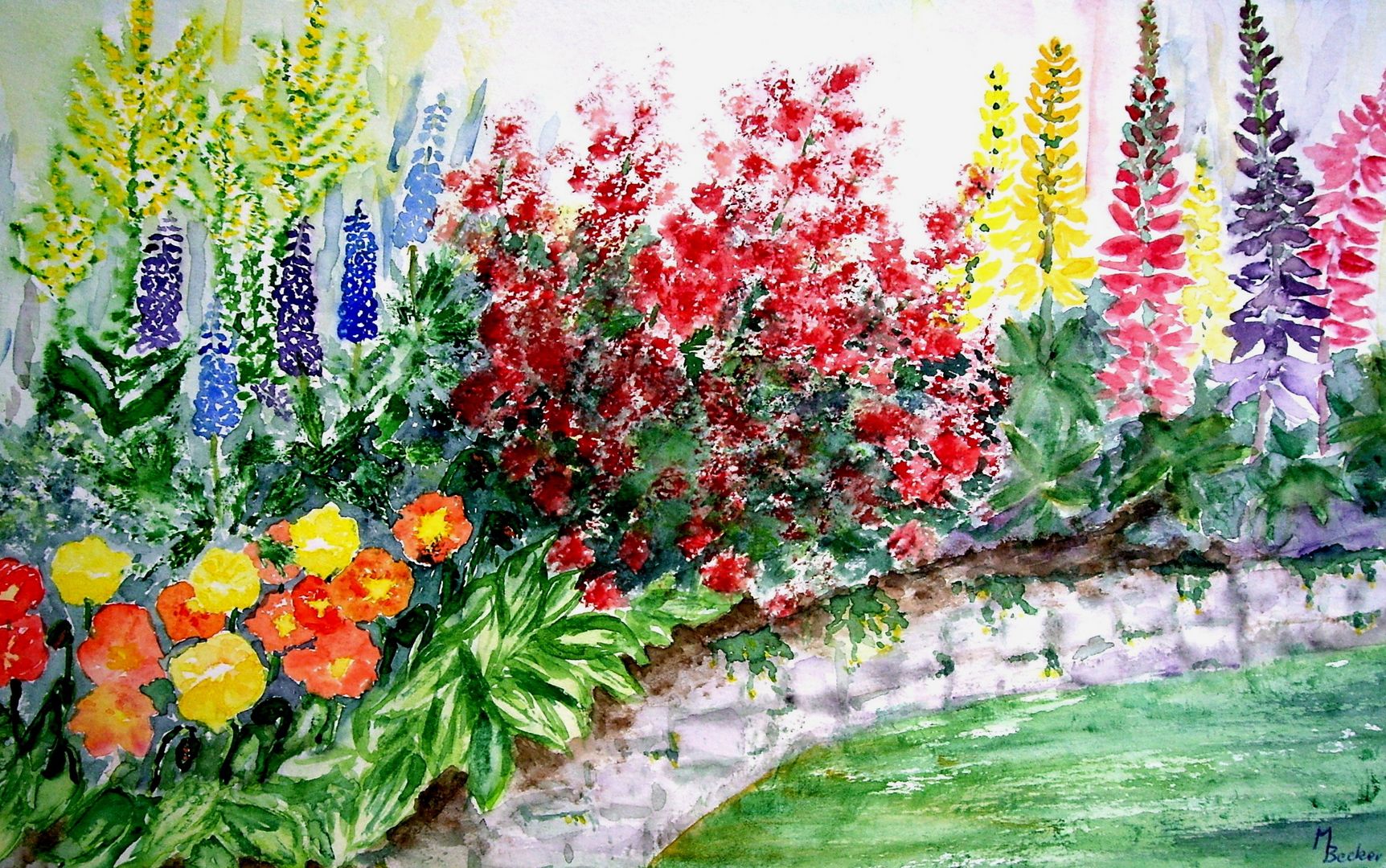 Aquarell "Naturgarten" von Margarete Becker // Watercolor "Nature Garden" by Margarete Becker
(Margarete Becker
/
www.bund-fledermauszentrum-hannover.de)
Aquarell "Naturgarten" von Margarete Becker // Watercolor "Nature Garden" by Margarete Becker
(Margarete Becker
/
www.bund-fledermauszentrum-hannover.de)
What is good for the insects that also benefits the gardener. Fragrant Tagetes or marigolds help to keep the soil healthy. Kitchen and medicinal herbs such as borage and sage provide food for insects, and are also a tasty and healthy addition to the kitchen. Even the nettle as a food plant for many butterfly species plays an important role in nature and is widely used in kitchen and plant protection. (Fragrant plants for summer and fall: Sweet William, farmer tobacco farmer jasmine, datura, Dittany, Rockfish, Sweet Pea, Real myrtle, verbena, tarragon, wallflowers, Heliotrope, Bergamot, sweet flag, nasturtium, royal lily, lavender, Levkoje, meadowsweet, Madonna lily, mint species, Creeping Jenny, Phlox , marigold, old roses as Damas-zener-Rose or Rosa centifolia, yarrow, wormwood).
Flowers for bats
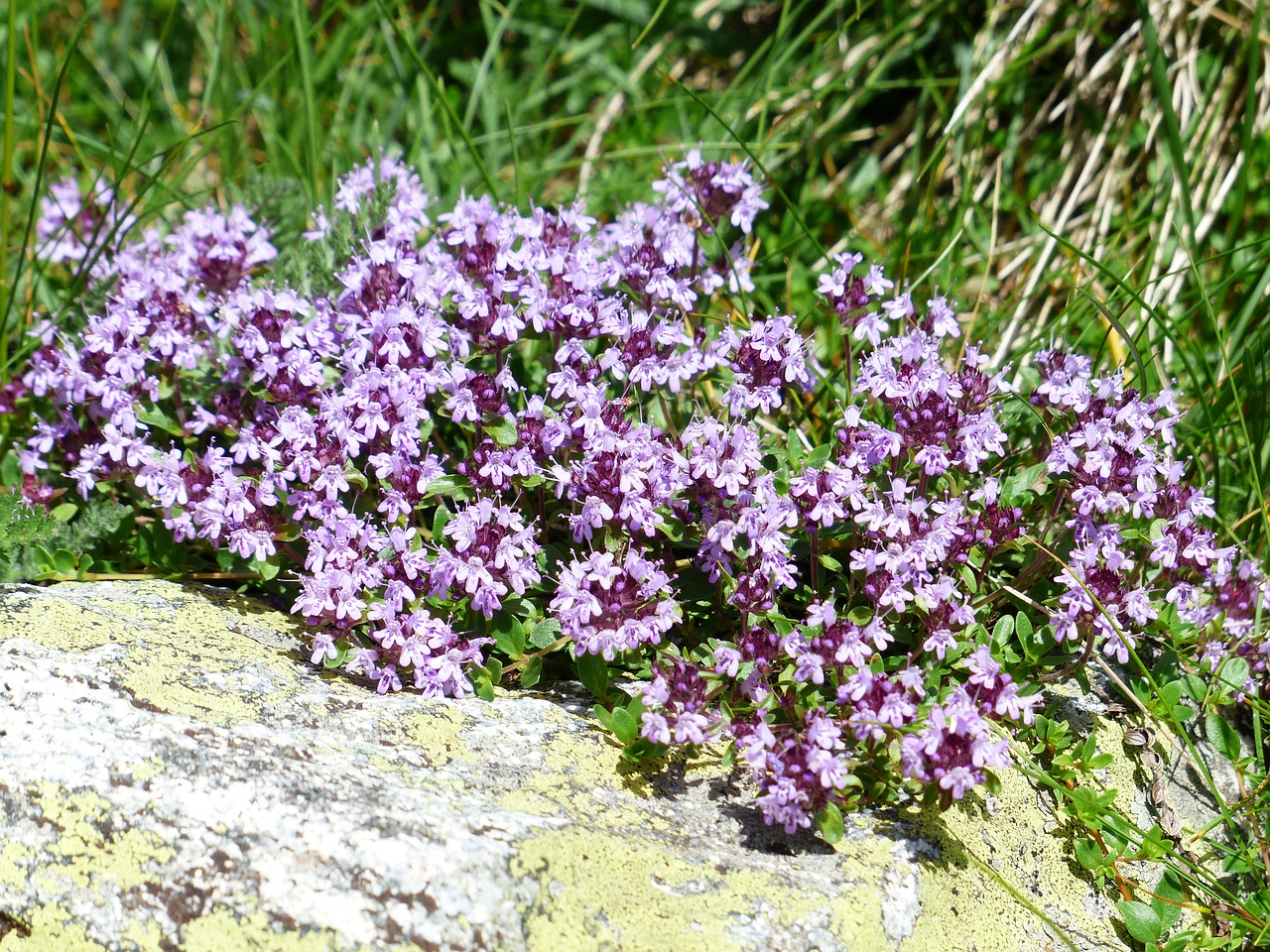 naturgemäßer Garten // natural garden
naturgemäßer Garten // natural garden
Each garden designed for the nocturnal hunters is a step to protect these endangered mammals. Here you can find some plants suggestions. By the fall, we can delight in day and night blooming flowers and leaf-scented plants. Some of them grow wild in our region, while others are known to us from cottage gardens or as a medicinal and culinary herbs. (Journal Fragrant herbs, Pineapple sage, anise, balm herb, basil, winter savory, borage, oregano, Duftblattpelargonien, Southernwood, fennel, germander, (Roman) - chamomile, chervil, caraway, lovage, lemon balm, clary sage, feverfew, myrtle, tansy, rosemary, cicely, (Meadows )-sage, thyme sand and all other types of thyme, sweet woodruff, rue, wormwood, hyssop, cypress herb.)Some night blooming plants have reserved their nectar only for certain insects. Purchase of seeds possible at www.all-about-bats.net
Natural meadow or lawn?
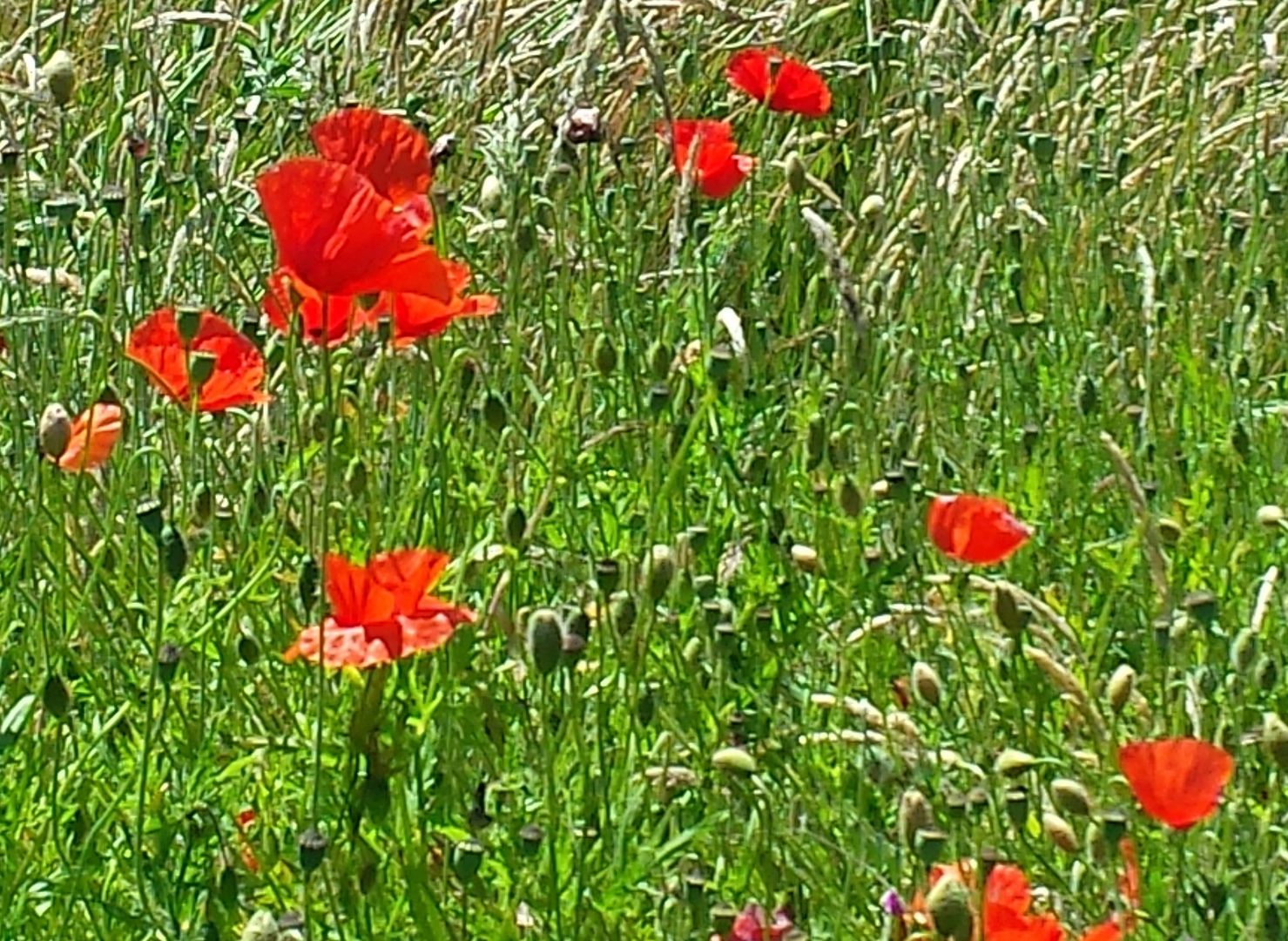 Wiese mit Mohn // Meadow with poppy
(Gudrun Becker
/
www.bund-fledermauszentrum-hannover.de)
Wiese mit Mohn // Meadow with poppy
(Gudrun Becker
/
www.bund-fledermauszentrum-hannover.de)
Most life can exist in a natural meadow. Grasshoppers and beetles find their food. Spiders can weave their webs in tall grass, even the frog will find coverage. About 1,500 lawn insect and spider species need a meadow as a habitat. On colorful garden lawns are four times as many birds as on lawns. But natural meadows are rare. Thus, a meadow is of high ecological importance.To accelerate the development of a meadow, you can plant perennial wildflowers. However, one should select plants that are suitable for the location. In contrast to a natural grass lawn a meadow is never fertilized or watered. Over time, will that prevail for the location most suitable grasses and wild flowers. The more nutrient-poor a meadow through one or two times annual mowing is, the more species-rich it can develop.If you want to create a new meadow you should first check the ground: whether fat or lean, dry or wet, acidic or calcareous - accordingly, to this the seeds should be selected.No matter how large or small your garden is, a semi-natural corner with fragrant flowers for butterflies and bats can be always set up. Where the garden is very small, help twining plants such as ivy, climbing roses and honeysuckles, creating a habitat for night owls. (Fragrant climbers, Akebia, Real jasmine, ivy, wild rose, honeysuckle, deglutition honeysuckle, clematis and other Clematis species Waldgeißblatt, wild hops, winter jasmine.)
Deadwood for Insects
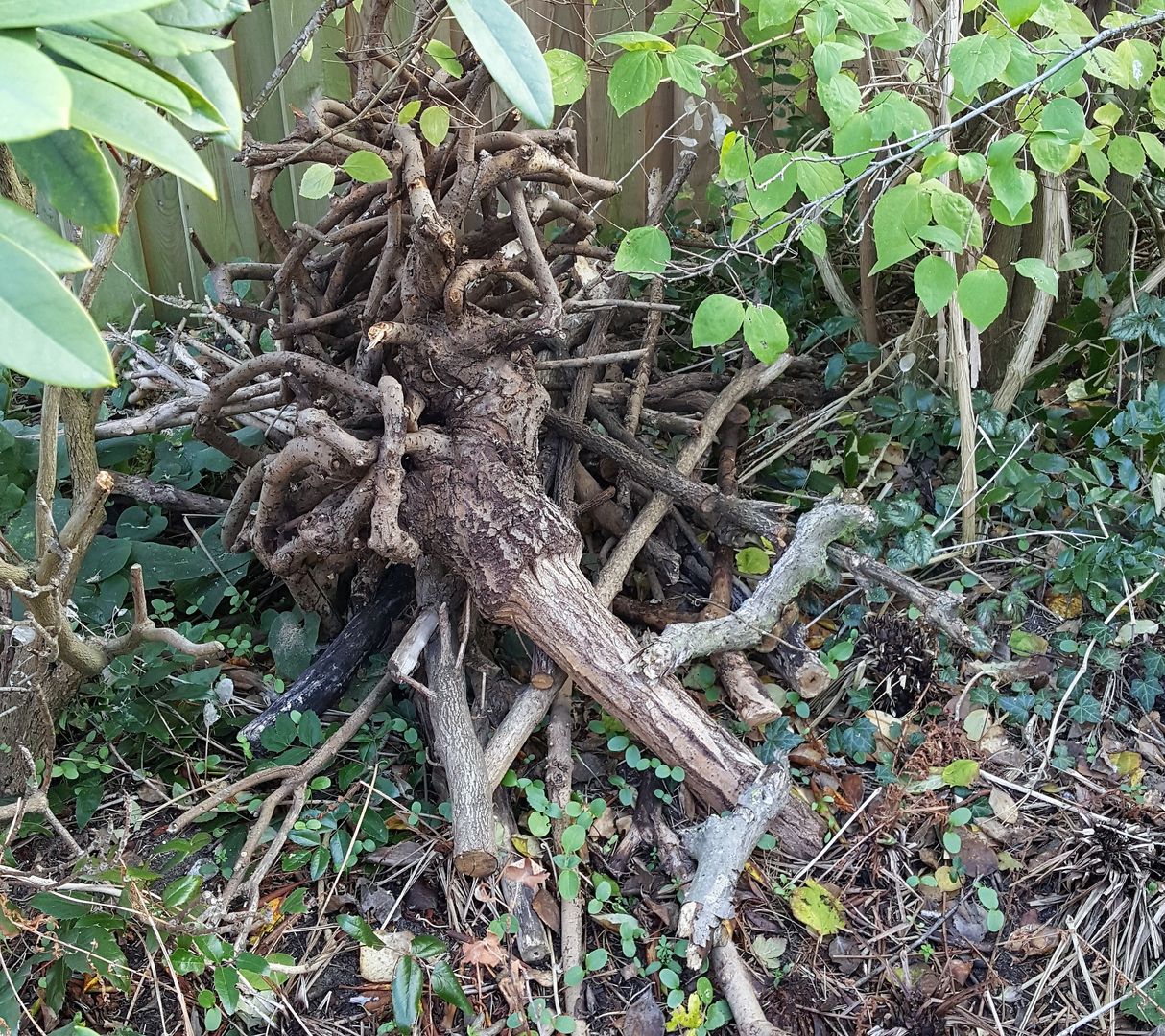 Totholz für Insekten // Deadwood for insects
(Gudrun Becker
/
www.bund-fledermauszentrum-hannover.de)
Totholz für Insekten // Deadwood for insects
(Gudrun Becker
/
www.bund-fledermauszentrum-hannover.de)
Set up one or more deadwood corners in your garden to provide the insects a habitat.
Please do not clean up

Death traps for bats and other animals
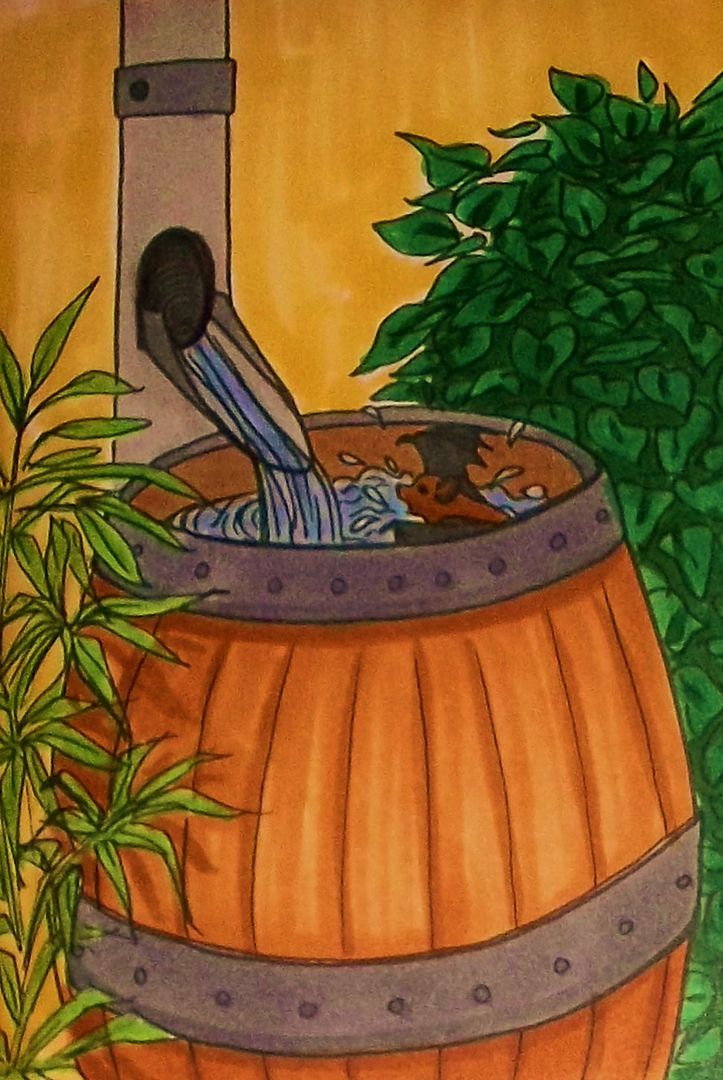 BUNDchen Fledermaus Regentonne // BUNDchen bat in rain barrel
(Carina Bach
/
www.bund-fledermauszentrum-hannover.de)
BUNDchen Fledermaus Regentonne // BUNDchen bat in rain barrel
(Carina Bach
/
www.bund-fledermauszentrum-hannover.de)
Bats and Birds are usually killed, if they fall in open vessels such as watering cans, rain barrels, empty flowerpots, buckets, etc. standing open on the balcony or in the garden. Even in winter, the animals can get into death traps by searching for a frost-proof quarter.
Our tip: Please pay attention to open vessels in the outdoor area, and please cover them.
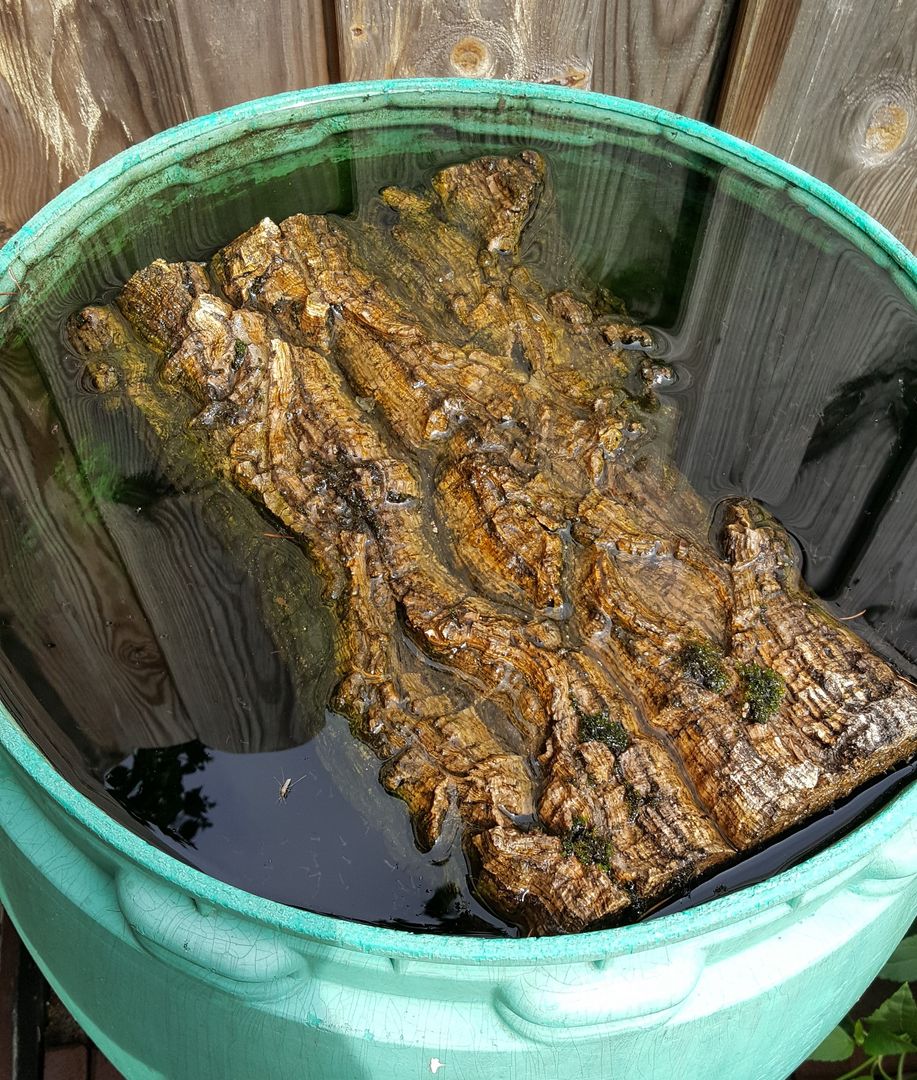 Regentonne mit Kork // rain barrel with cork
(Gudrun Becker
/
www.bund-fledermauszentrum-hannover.de)
Regentonne mit Kork // rain barrel with cork
(Gudrun Becker
/
www.bund-fledermauszentrum-hannover.de)
With rain barrels, it also helps if you let a piece of wood / cork float on top of the water, so the animals can first find a save place and can recover. Please, control daily, if an animal in the barrel needs your help.
Insect waterplaces - but beware!
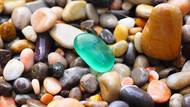 glatte Steine // smooth stones
(pixabay)
glatte Steine // smooth stones
(pixabay)
NOT CORRECT! too slippery for insects
Grass trimmers, thread mowers and lawn robots - a deadly danger for hedgehogs!
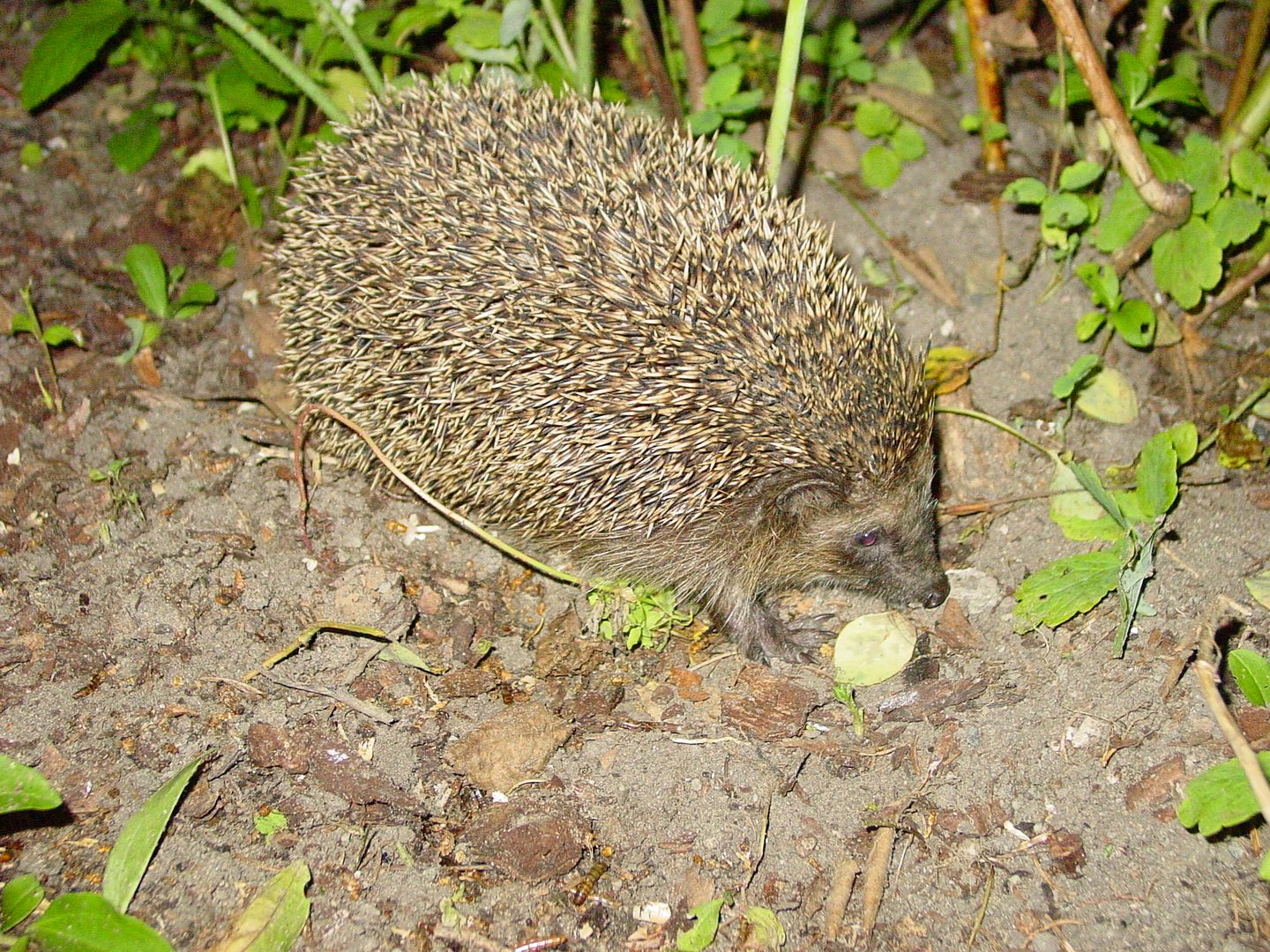 Igel // Hedgehog
(Dr. Renate Keil
/
www.bund-fledermauszentrum-hannover.de)
Igel // Hedgehog
(Dr. Renate Keil
/
www.bund-fledermauszentrum-hannover.de)
Even the hedgehog is a nocturnal insect eater - he has therefore asked the bats for help. Please tell everyone that grass trimmers thread mowers and lawn robots can harm hedgehogs! Thank you very much.

